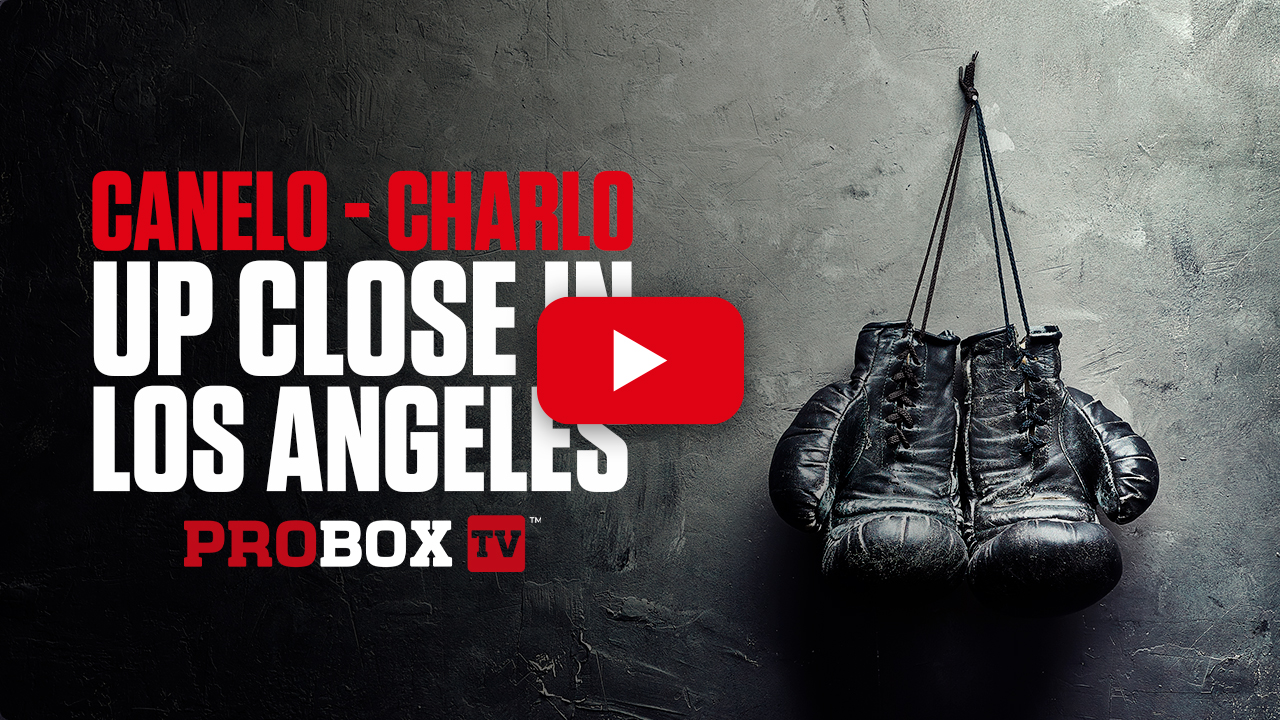Last week saw Showtime officially announced that undisputed super-middleweight champion Canelo Alvarez will be defending his belts against similarly undisputed junior middleweight kingpin Jermell Charlo at the T-Mobile Arena in Las Vegas on September 30. Most media observers expected Canelo to face Jermell’s twin brother, middleweight titlist Jermall, but Showtime Sports chief Stephen Espinoza notes that he and his team tried to discourage anyone from reporting that as fact.
“Jermall has got a lot going on in his personal life,” Espinoza told the Showtime Boxing Podcast. “So, this opportunity came up and there were many questions: ‘Is he going to be in a place where he won't be distracted and is able to commit his full energy to the fight and present himself in the best way he can?’ And the answer was probably not, given all of the things that are going on in his personal life. So, I'm not sure I would say it was definitely Jermell way, way in advance. But there was definitely from the very start a very good possibility and as time went by, it became more and more clear that Jermell was probably going to be it. So, by the time everybody started reporting – and there were one or two in particular who reported it would definitely be Jermall – we told them very honestly and openly, ‘It's not yet determined and it hasn't been announced for a reason.’ But there are those who went out and decided to report it anyway, because they thought they knew better than us and they've got egg on their faces. But you know, that’s the danger of reporting on speculation rather than actual fact.”
As for the fight itself, Espinoza acknowledges that Charlo will enter as the underdog, but revealed that he and Showtime’s Hall-of-Fame analyst Steve Farhood have discussed previous examples of one fighter stepping up two weight divisions to challenge another and found that the results weren’t as lop-sided in favor of the bigger man as might be expected.
“Steve, as he often does, put together a list of fighters over the last few decades who had been either successful or unsuccessful in jumping up at least two weight divisions,” he revealed. “There was Canelo against Kovalev, and there was Tank against Barrios; even Broner went from 135 to 147 for Paulie. There’s Manny Pacquiao and De La Hoya; you can even go back to Michael Spinks and Larry Holmes. All of those were successful, by the way.” On the flip side, he acknowledged, “Kell Brook tried to go up from 147 to 160 against Golovkin. Amir Khan tried to go from 147 to 160 against Canelo. Juan Manuel Marquez went from 135 to 147 against Floyd, et cetera, et cetera. So, you know, there's lots of evidence on both sides. But I think Steve came up with around 20 different examples, and in only four or five of them did the fighter who was coming up in weight have a height and reach advantage over what is assumed to be the bigger fighter [as Charlo will have against Canelo]. So, I think that is telling. I think the better question is how, at his height and [with his] reach and frame, has Jermell been able to be successful at 154 for as long as he has, because I think what we're going to see is that he's going to look pretty natural. I don't think he's going to be 168. Probably somewhere in the mid 160s, low to mid 160s. I mean, we'll find out on fight night. There are going to be differentiators. There are going to be points of leverage between the two parties. I don't think weight and size is going to be one of them. I just don't think that's going to be a factor in the fight.”

